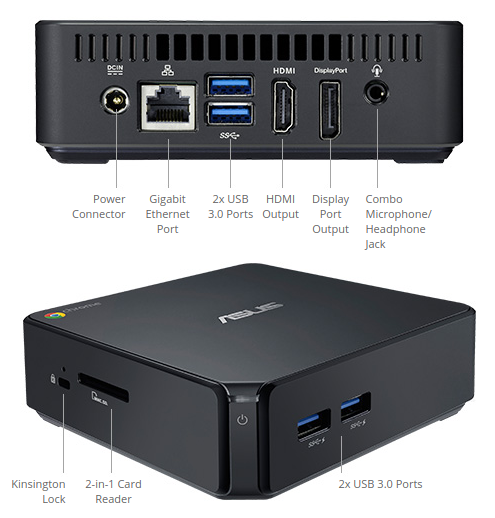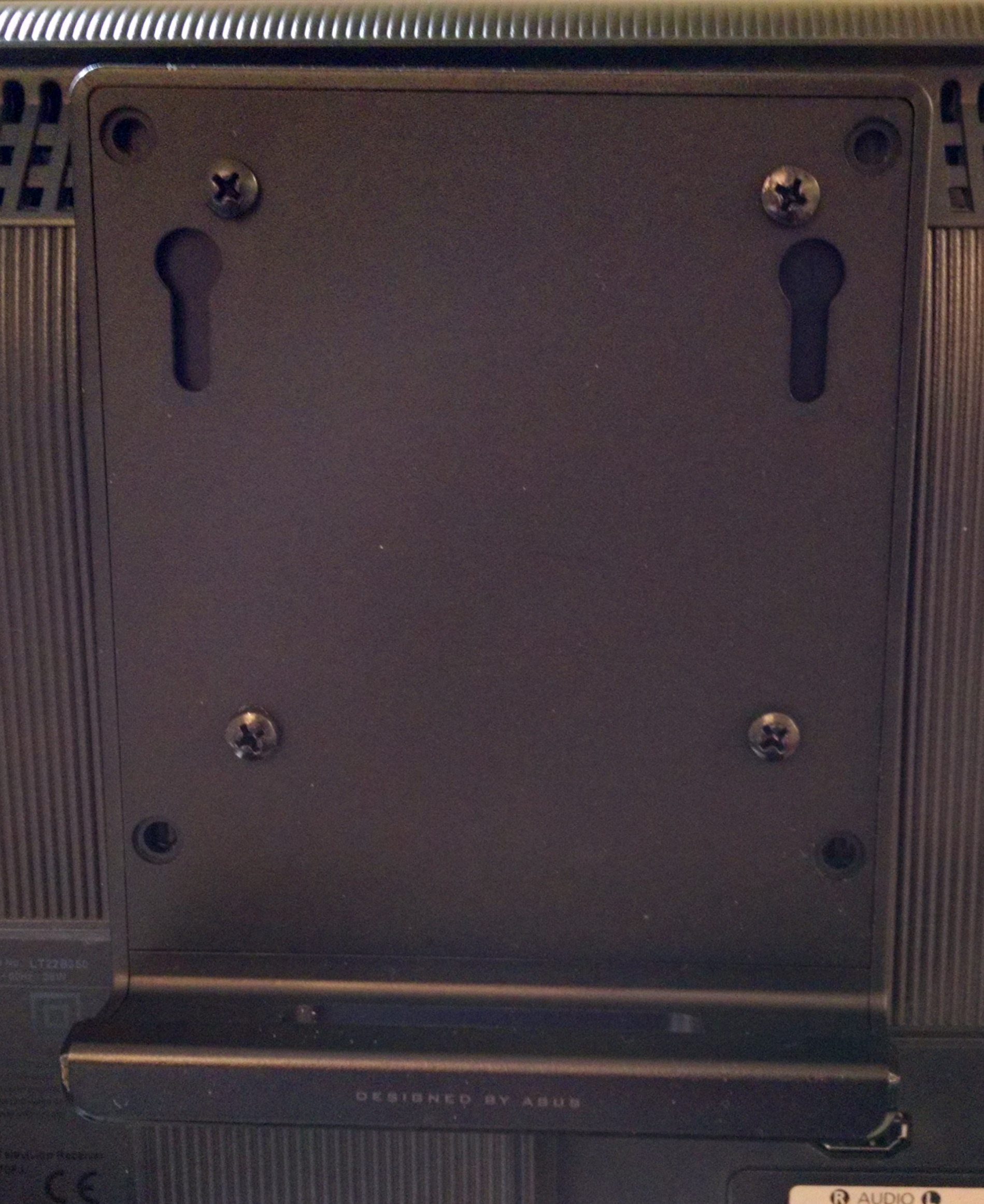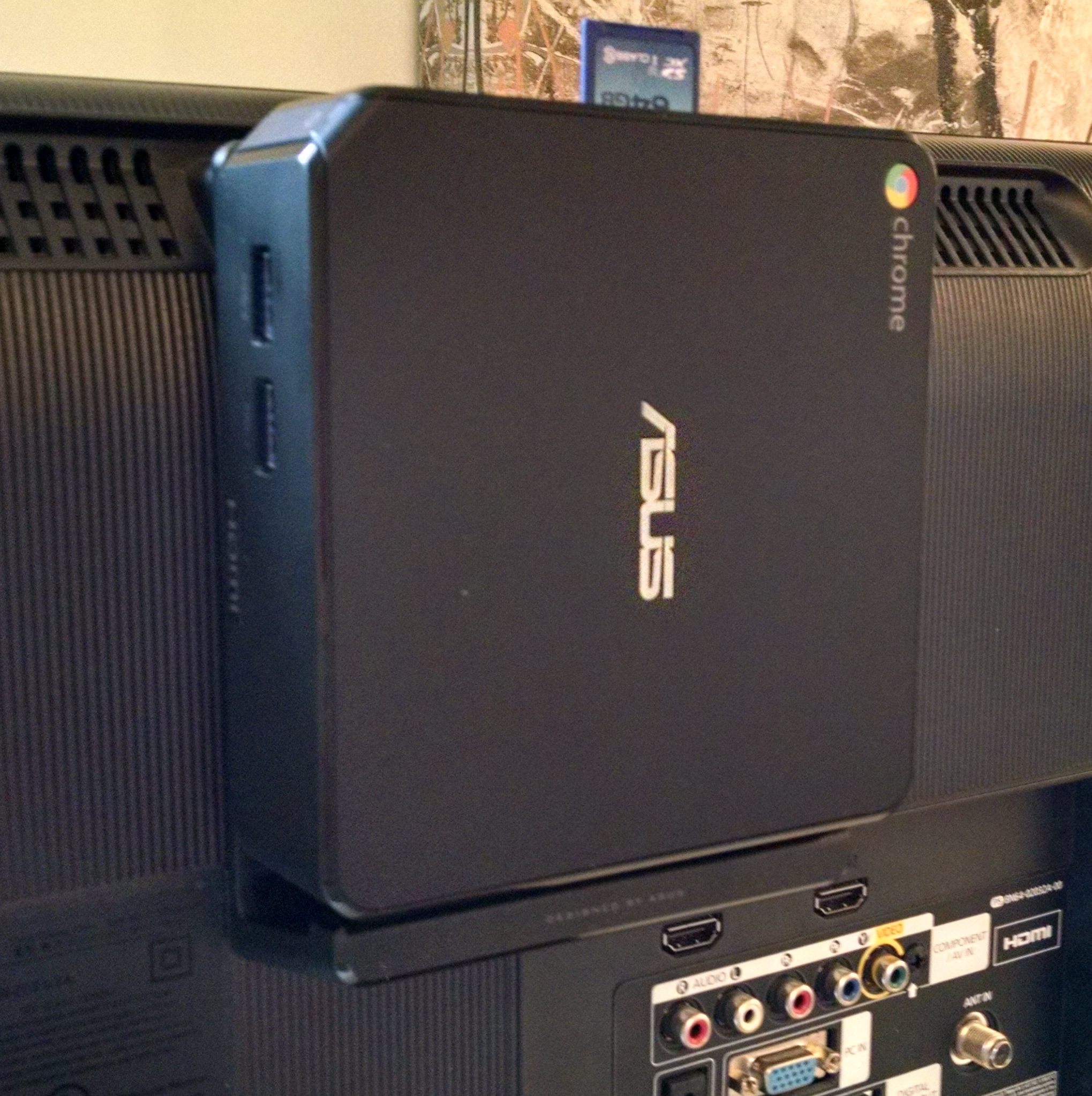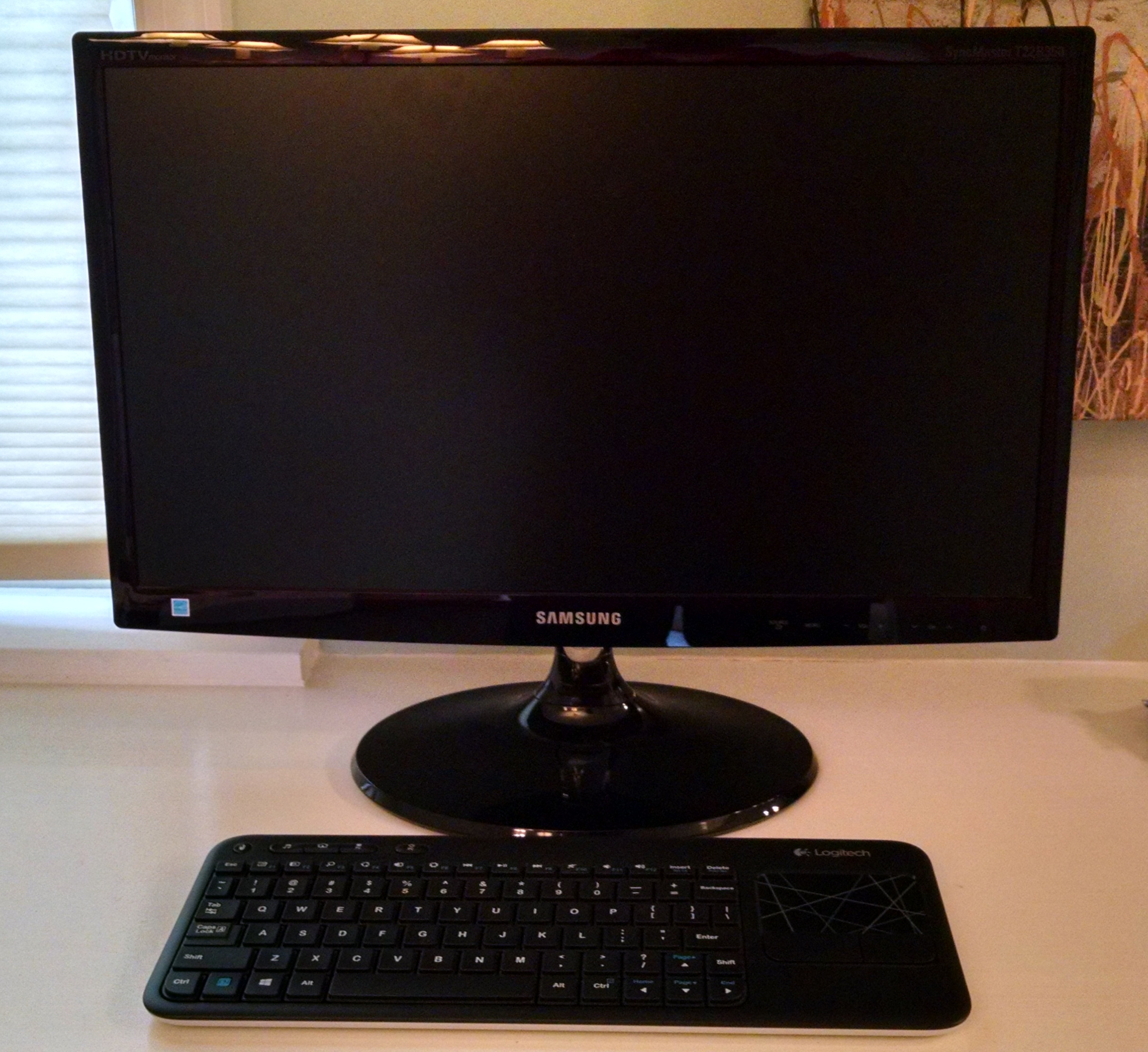For starters, this is my first new post since starting Senior Tech Advisor (all the other stuff was ‘inherited’ from my previous website). It has taken this long – since January 2015 – to slow down long enough after moving and traveling to finally write a post and get things moving forward with Senior Tech and our new life here in the Doylestown area. OK, so now let’s talk about the Chromebox…
**
To set the stage, you might want to refer back to a few posts I wrote in 2014 about Chrome OS and Chromebooks:
In a nutshell, Chrome OS is an operating system designed by Google. By design, both applications and user data reside in the cloud and Chrome OS primarily runs web applications. For the newbie, that’s a lot to ponder. But suffice to say that if your compute needs are relatively simple (web browsing, e-mail, Facebook, word processing, Google maps, that sort of thing), then Chrome OS might well be your cup of tea.
What especially appeals to me about Chrome OS is the fact that I don’t have to mess with operating system updates, virus scanning programs and malware. Yes I still need to take a few safety precautions which I get in to in some detail in these articles:
But, for the most part, I can spend my time doing what I need to be doing on my PC and not spend half my time swatting bugs and running OS and application updates. So, with that out of my system, let’s talk about the ASUS Chromebox.
What is it?
As you can see, the ASUS Chromebox is a little black box measuring about 5 X 5 X 1.5 inches. Inside (the model M004U) is a 4th-gen 1.4 GHz Intel Celeron 2955U processor, 2GB of memory, integrated Intel HD graphics, and a 16GB M.2 solid-state drive for storage, and it boots up in less than 20 seconds. Street price for the Chromebox M004U is currently $155.00 on Amazon.
The Chromebox has an HDMI video interface, so any monitor (or TV) you plan to connect it to would need to accept and HDMI input. For my testing, I’m using a $150 Samsung 21.5″ VGA/HDMI monitor. I also modified the Chromebox mounting bracket that comes with the Chromebox to mount to the back of the monitor to minimize the overall footprint. Add a keyboard, mouse, and perhaps an SD card for data storage, and your total investment for a complete system built around the Chromebox will be about $350. Here are two pictures of my Chromebox/Samsung monitor installation (with wireless keyboard and mouse).
Chromebox mounting bracket installed on the back of a Samsung monitor
Chromebox mounted (64gb SD card installed for data storage)
Samsung monitor with ASUS piggy-back and wireless Logitech keyboard (with track pad)
Add a couple power cables, an audio cable and a short HDMI cable and you’re off to the races.
I won’t get into much detail in this post regarding ‘applications’ for the Chrome OS other than to say, depending on what OS you’re coming from (if any), there might need to be some compromises. For example, if you’re familiar with Microsoft Office apps, then moving to Office Online might be a reasonable option, since traditional Office isn’t supported on Chrome OS. Similarly, Apple iTunes isn’t supported, so moving to Google Play could be an option, etc.
There’s a lot to be said for a simple, easy to set up and manage computer. Yes, there’s a bit of a learning curve, depending on what you’re used to. But once you understand the Chrome OS model and interface, you’ll appreciate it’s simplicity, which for the most part does little to detract from its functionality.




